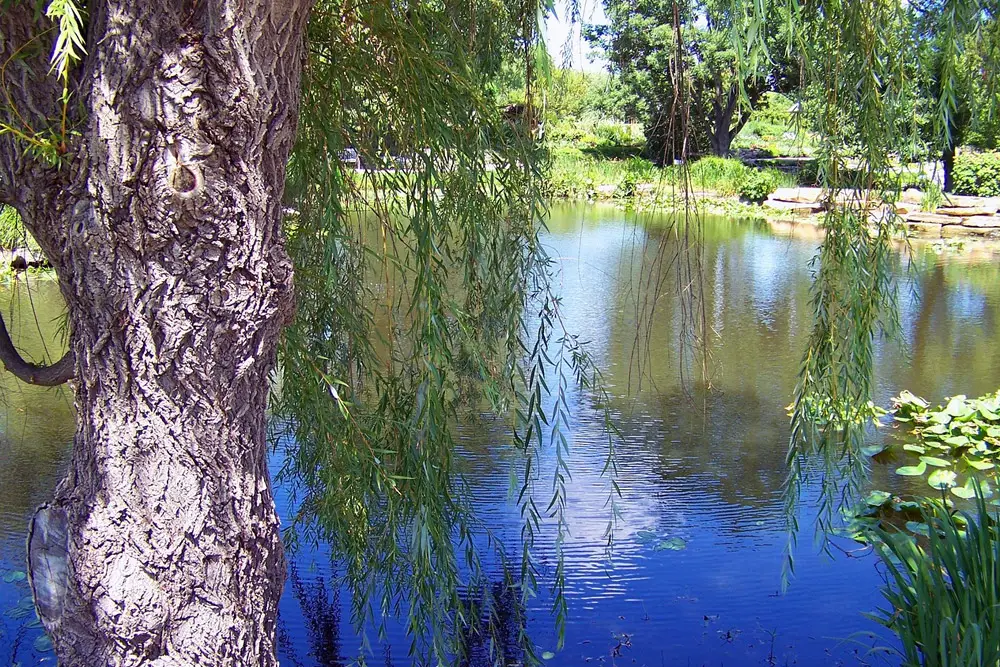Pond liners are a crucial item for keeping water from seeping into the soil, creating a layer between the water and the soil to prevent water loss. Choosing the right pond liner or environmental liner depends on the specific needs for the area, as well as the environmental concerns. There are a number of important factors to consider when selecting the right material for your pond liner. It’s important to have a flexible material to make sure it correctly fits the dimensions of your space, but the liner also has to be strong enough to resist punctures.
RPE, Rubber & Polypropylene Liners
Reinforced Polyethylene (RPE) liners are some of the most durable liners out there today. Remarkably puncture resistant, RPE liners generally don’t need a protective underlay because of their strength. They can also come in large sizes due to their light weight. However, one drawback of RPE liners is they aren’t as flexible as some of the other materials. They can last for decades, making RPE liners one of longer lasting options.
Another durable material is box-welded polypropylene, which is also lightweight. Polypropylene also is UV resistant. It can also be molded into various shapes, and that flexibility makes the material seamless and without folds. Rubber liners aren’t as lightweight as their RPE or polypropylene counterparts, but are very flexible and can be adjusted to fit a multitude of shapes. Rubber might not be as puncture resistant as the other materials mentioned above, so it’s important to make sure you have the right durability for your situation with the liner you choose.
How to Choose the Right Liner Material
Generally, pond liners are used to keep water from seeping into the soil. They create a layer between the water and the soil to prevent water loss. The right material depends on your space, specific needs and environment. Make sure to measure the dimensions of your pond to find out if it’s the right size for the particular liner you’re looking for.
Pond liners are a customized containment solution that should also be environmentally friendly. If utilized properly, they can create a great base for plants to root, and can create quality conditions for fish, as well. Depending on the surface that needs to be covered, you may have to take a close look at the durability of the liner. If there are rocks or other issues with the ground below, you’ll want to make sure area is excavated, or that you have a liner that won’t puncture.
There are a number of factors that go into choosing the right pond liner. From the different materials to the different shapes, it’s important to do your due diligence before choosing the right one for your particular situation. For more information on pond liners, and to get help finding the right one for your needs, reach out to the experts at Diamond T Services today.


